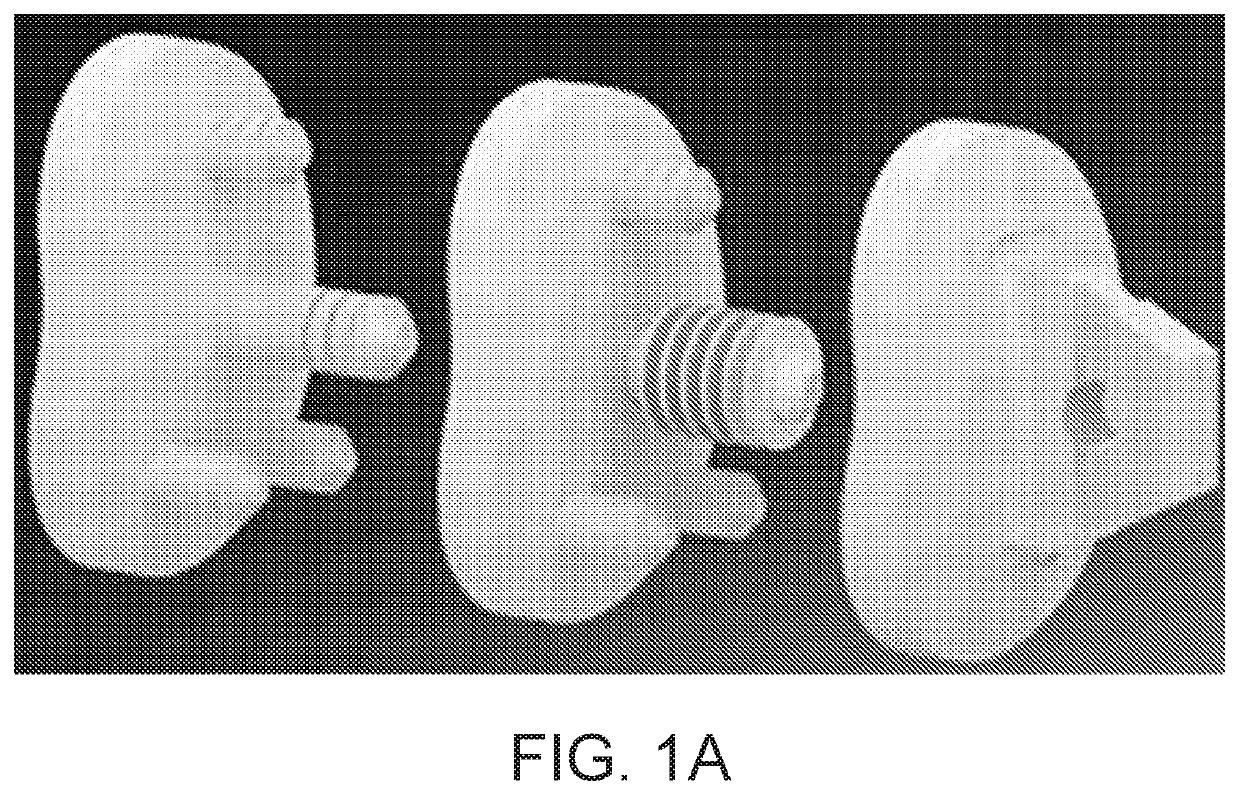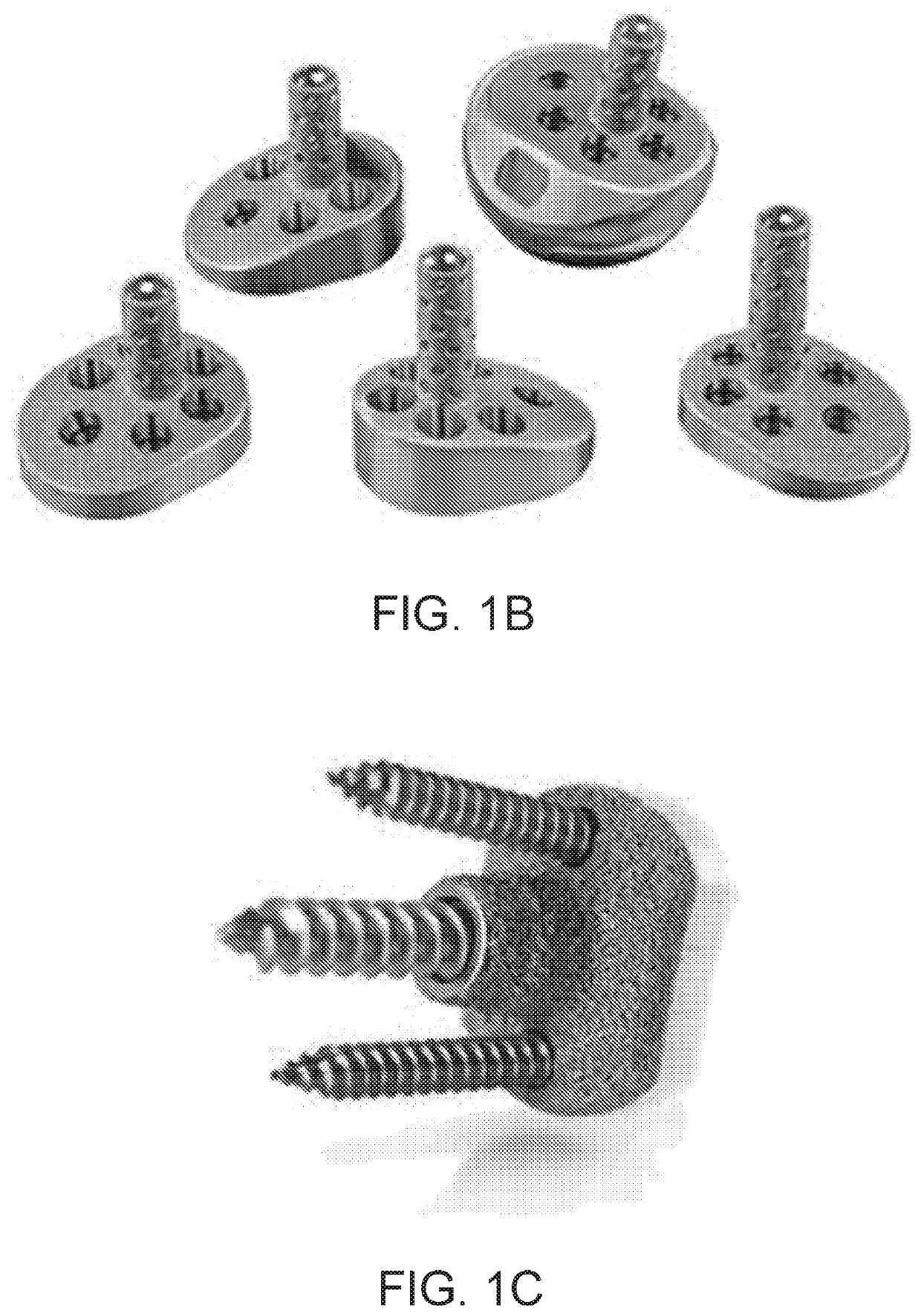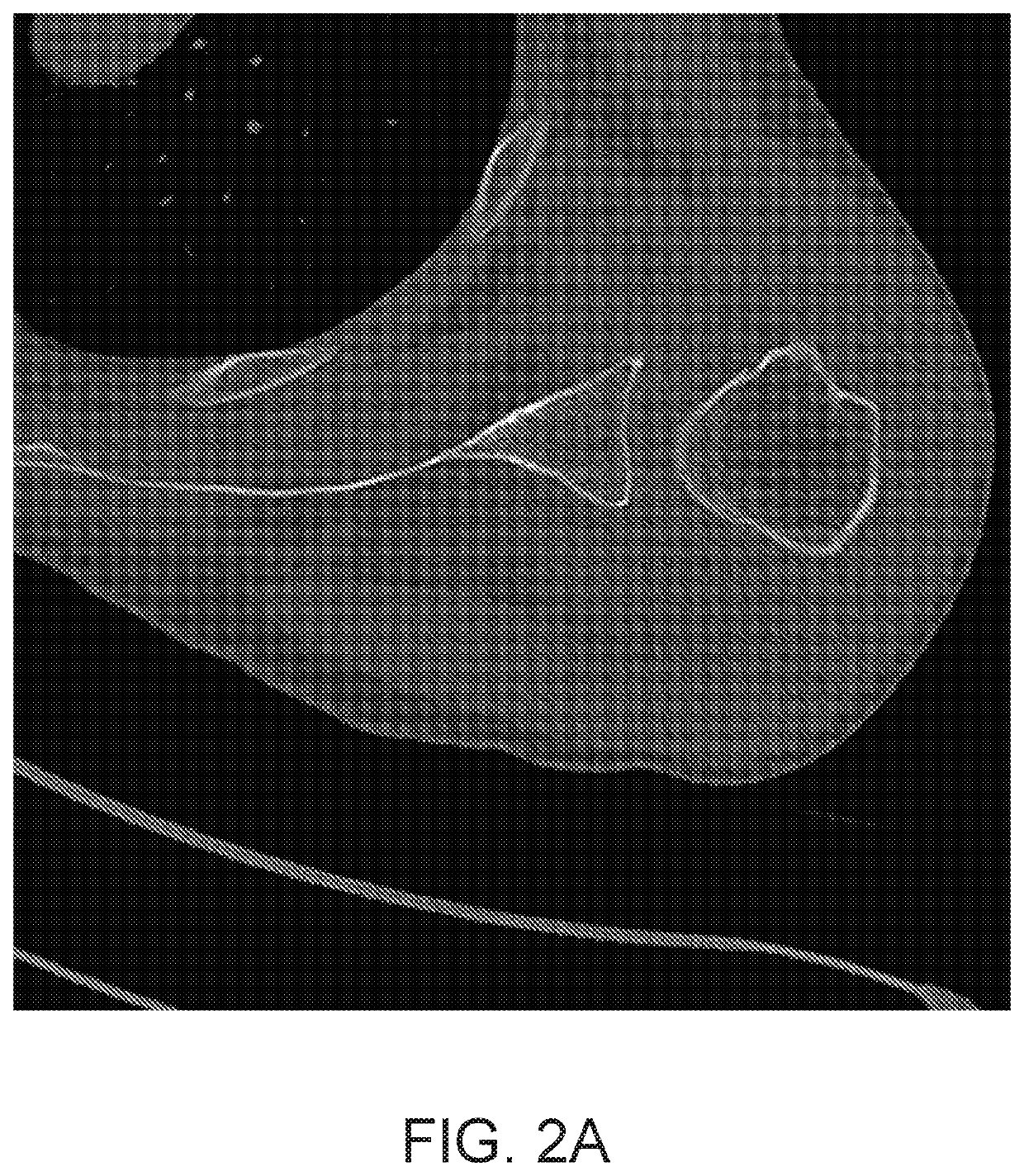Method for Modeling Glenoid Anatomy and Optimization of Asymmetric Component Design
a glenoid and component design technology, applied in the direction of shoulder joints, prostheses, applications, etc., can solve the problems of individual patient specific location and length of fixation sites, and achieve the effect of optimizing the fixation site length and specific location
- Summary
- Abstract
- Description
- Claims
- Application Information
AI Technical Summary
Benefits of technology
Problems solved by technology
Method used
Image
Examples
example
[0071]The following Example has been presented in order to further illustrate the invention and is not intended to limit the invention in any way.
[0072]There has been a drive towards bone preserving and less invasive procedures. However, significant deficiencies have been found in currently available devices that do not optimize fixation. Many of the devices used are round with a uniform shape. This results in greater bone removal to make the patients anatomy fit the implant, rather than the implant being designed to match their anatomy. Excessive bone removal and non-optimized fixation sites can result in increased stress at the device bone interface and concern about early catastrophic loosening. This methodology facilitates designing the shape and size of fixation sites for glenoid fixation that are based on the true anatomy of patients undergoing these procedures. Currently, glenoid fixation sites are not anatomic in size, shape, and relative angular position to the glenoid vaul...
PUM
 Login to View More
Login to View More Abstract
Description
Claims
Application Information
 Login to View More
Login to View More - R&D
- Intellectual Property
- Life Sciences
- Materials
- Tech Scout
- Unparalleled Data Quality
- Higher Quality Content
- 60% Fewer Hallucinations
Browse by: Latest US Patents, China's latest patents, Technical Efficacy Thesaurus, Application Domain, Technology Topic, Popular Technical Reports.
© 2025 PatSnap. All rights reserved.Legal|Privacy policy|Modern Slavery Act Transparency Statement|Sitemap|About US| Contact US: help@patsnap.com



